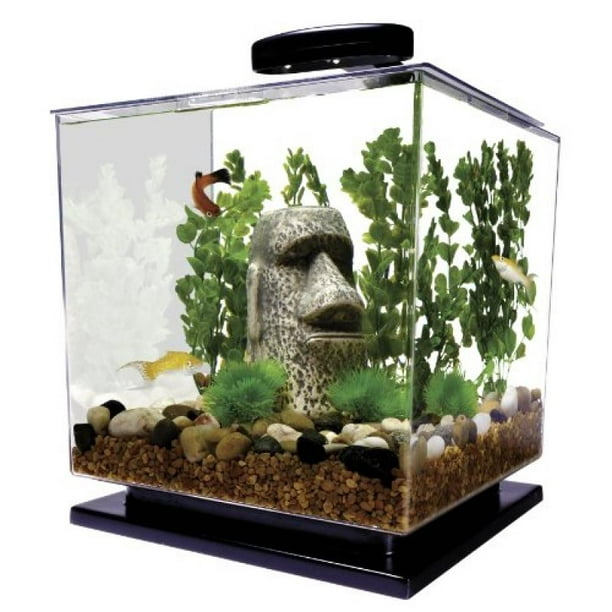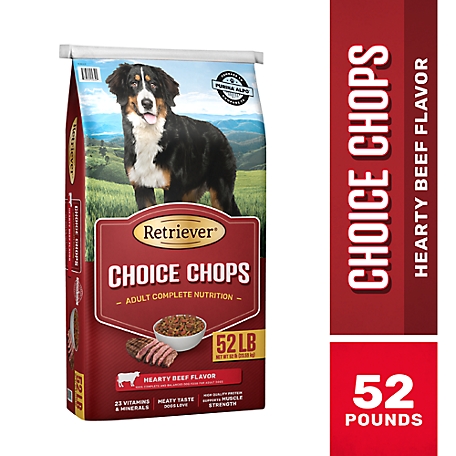Friskies Tasty Treasures and Fish-A-Licious Adult Seafood and Beef Shreds Wet Cat Food Variety Pack, 5.5 oz. Can, Pack of 32
Offer your playful cat the gourmet tastes she loves with Friskies Prime Filets and Tasty Treasures and Fish-A-Licious Shreds Wet Cat Food Variety Pack. Premium select ingredients, including whitefish, sardines, salmon and tuna in this cat food appeal to kitty’s palate. An assortment of flavors in the wet cat food pack lets you keep your cat’s curiosity piqued at every meal. Add this healthy wet cat food to your pet pantry today!
Offer your playful cat the gourmet tastes she loves with Friskies Prime Filets and Tasty Treasures and Fish-A-Licious Shreds Wet Cat Food Variety Pack. Premium select ingredients, including whitefish, sardines, salmon and tuna in this cat food appeal to kitty’s palate. An assortment of flavors in the wet cat food pack lets you keep your cat’s curiosity piqued at every meal. Add this healthy wet cat food to your pet pantry today!
- Healthy wet cat food offers seafood flavors cats love
- Classic recipes are aromatic and tasty
- Tender, delicate bites provide a tempting texture
- 100% complete and balanced nutrition
- Cat food contains vitamins and minerals to promote feline health
- Mouth-watering sauce in wet cat food tempts cat to dish
- Cat food is quality and safety-tested for your peace of mind
- Purina guarantees outstanding quality and taste; If for any reason you’re not satisfied, simply let Purina know why; Please contact Purina directly at (800) 778-7462 within 60 days of date on receipt for assistance
Additional information
| Country of Origin | Made in USA |
|---|---|
| Flavor | Whitefish and Sardines, Salmon, Salmon and Beef, Ocean Fish and Tuna |
| Health Features | General Wellness |
| Life Stage | Adult |
| Packaged Height | 6 in. |
| Packaged Length | 6.75 in. |
| Packaged Weight | 13.31 lb. |
| Packaged Width | 13.75 in. |
| Primary Flavor | Whitefish, Tuna, Ocean Fish, Beef, Sardines, Salmon |
| Texture | Shreds |
| Wet Food Package Weight | 5.5 oz |
| Wet Food Package Quantity | 32 |
| Manufacturer Part Number | 5000029452 |









by Mike
Great product. My cats love
by Christy
Only brand our cats like.
by Donna
TSC always has what I need for my cat. Orders ship quickly. Very pleased!
by Yvonne
Both of my cats love this selection of food.